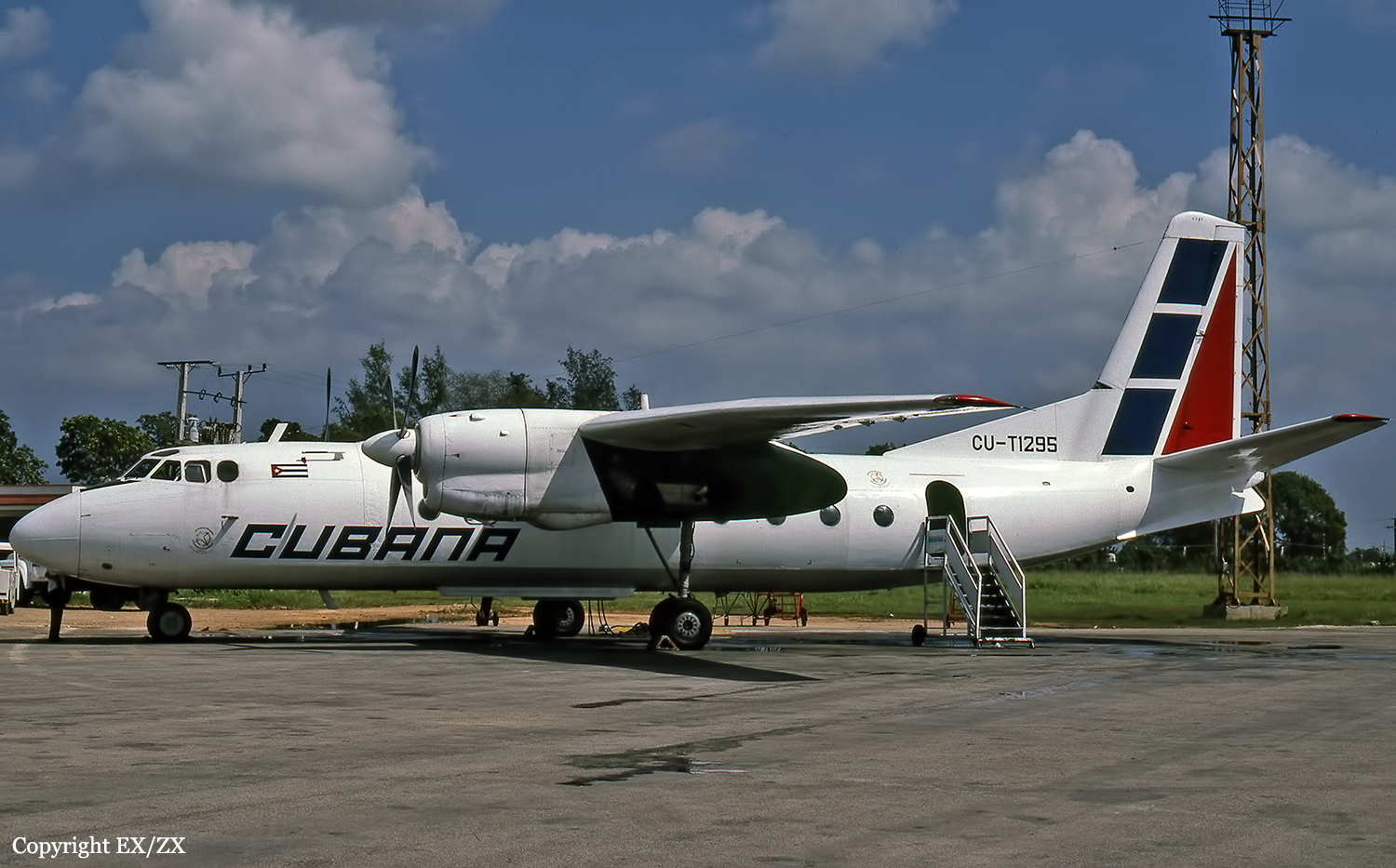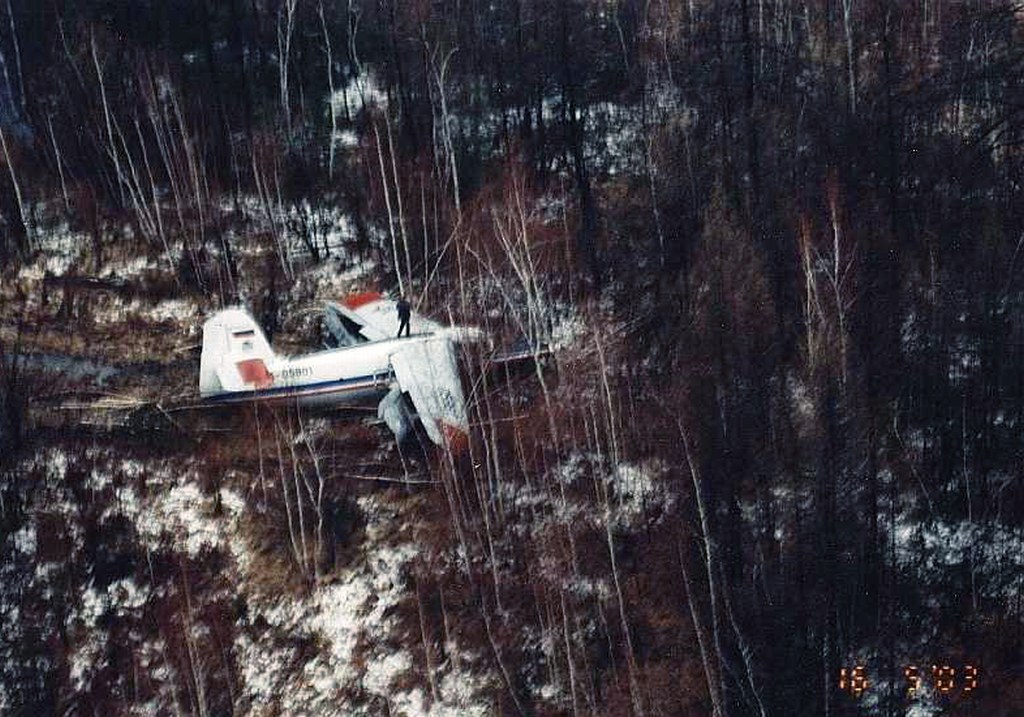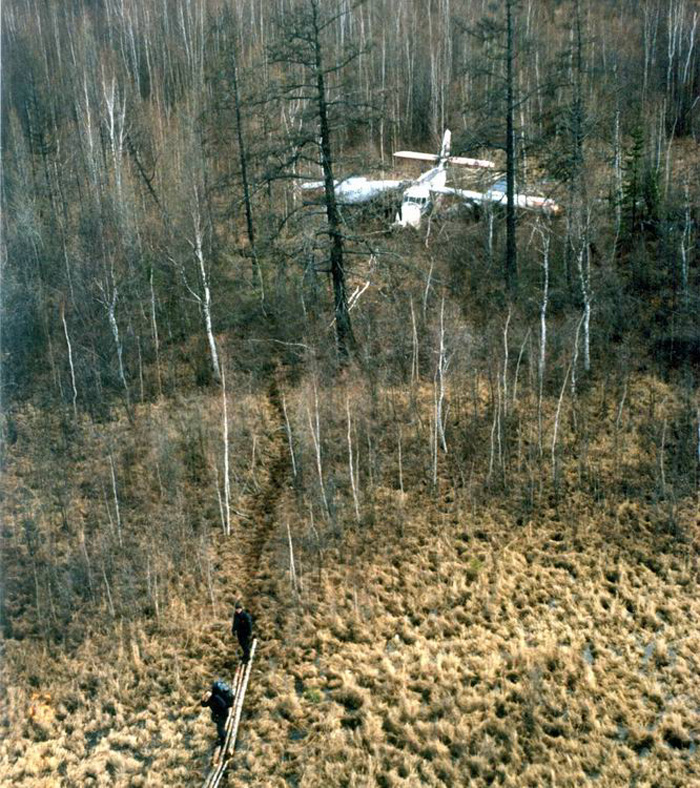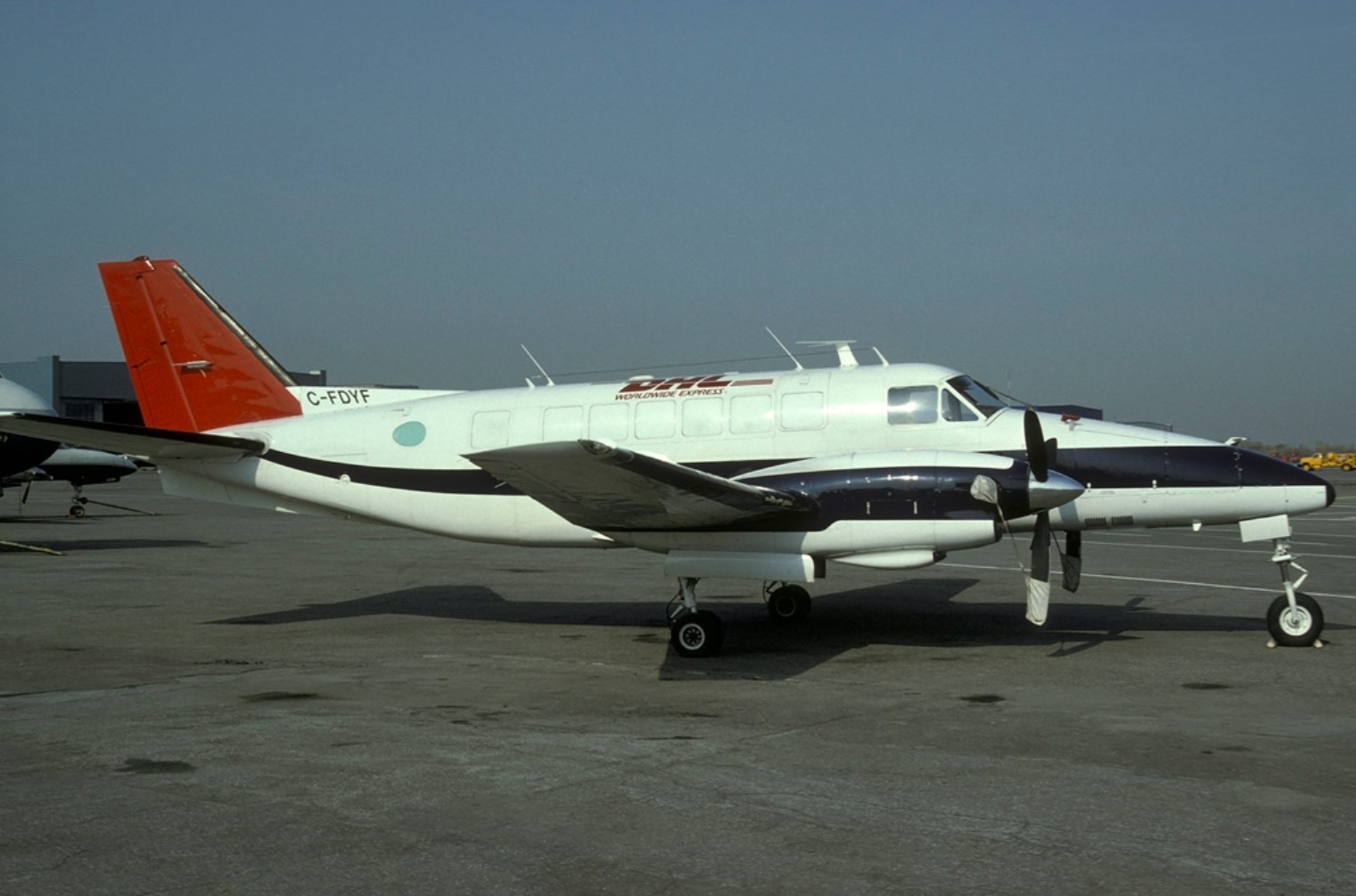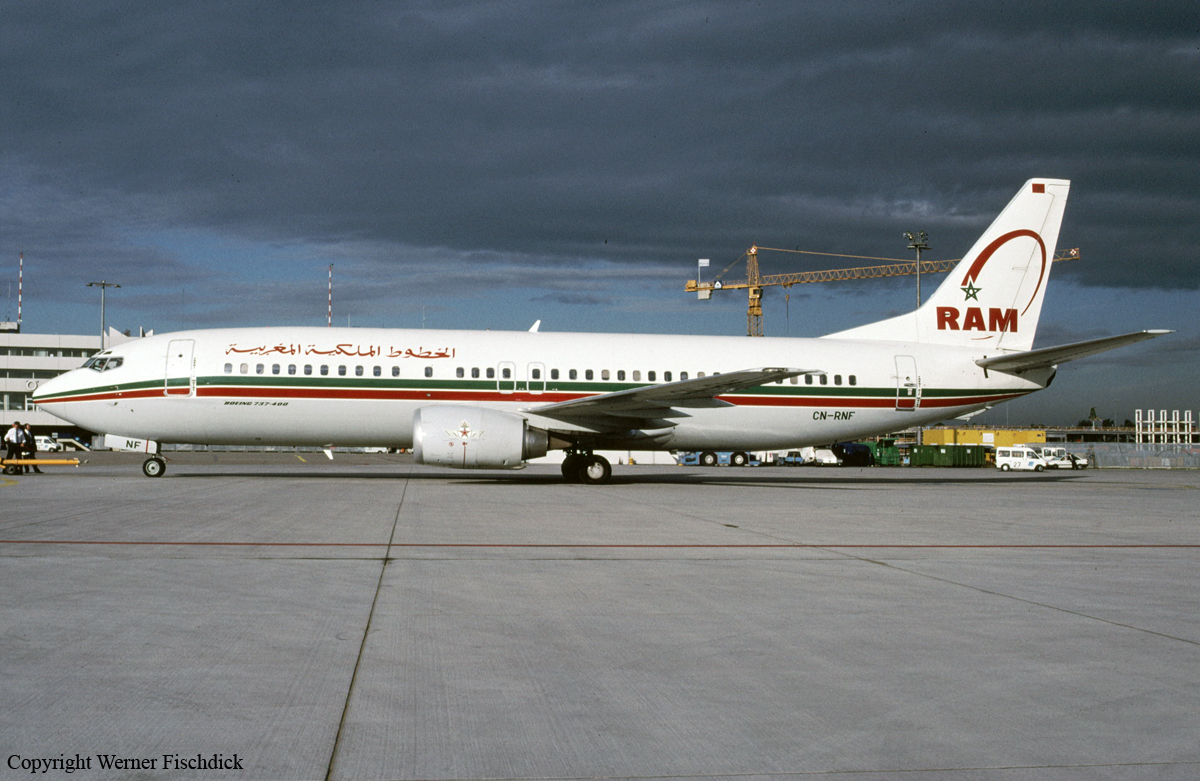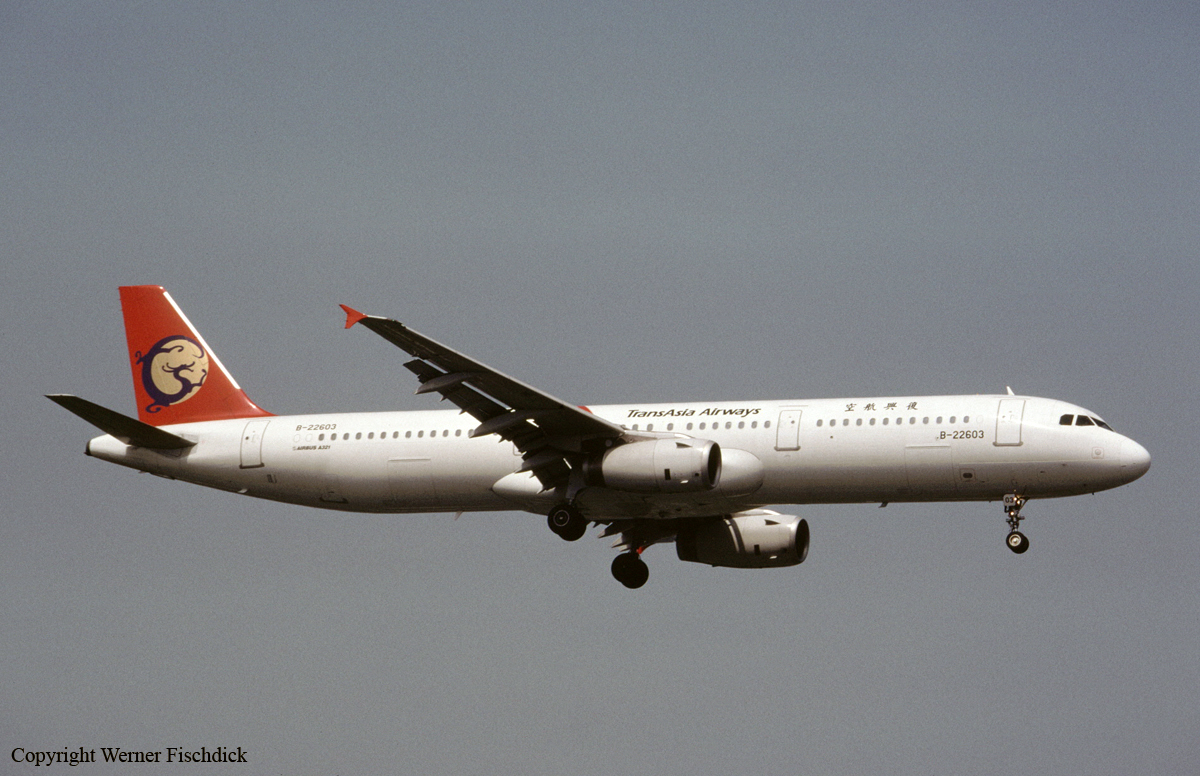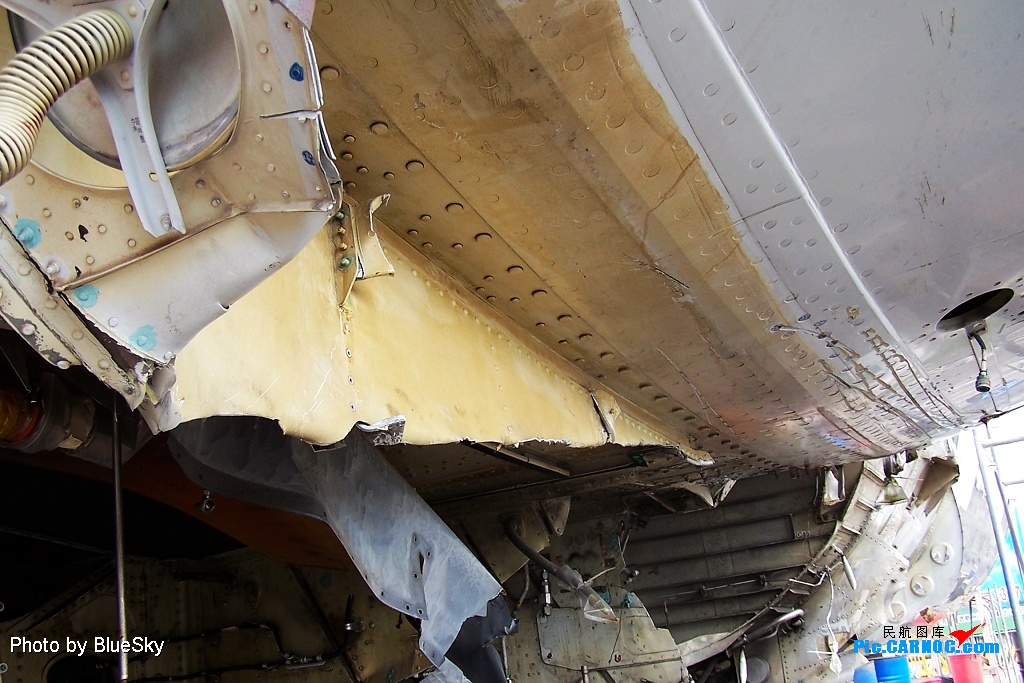Crash of an Antonov AN-24RV in Nueva Gerona
Date & Time:
Jun 14, 2003 at 1605 LT
Registration:
CU-T1295
Survivors:
Yes
Schedule:
Nueva Gerona - Havana
MSN:
2 73 075 08
YOM:
1972
Crew on board:
4
Crew fatalities:
Pax on board:
48
Pax fatalities:
Other fatalities:
Total fatalities:
0
Circumstances:
After takeoff from Nueva Gerona-Rafael Cabrera Airport runway 23, the crew elected to climb to an altitude of 1,000 feet he encountered technical problems. He contacted ATC and was cleared for an immediate return. Following a 180 turn, the crew completed a flapless approach to runway 05. After landing, the aircraft rolled for about 2,500 metres then overran and came to rest in an artificial lake. All 52 occupants evacuated safely while the aircraft was damaged beyond repair.
Probable cause:
Failure of the hydraulic systems after takeoff for unknown reasons.
